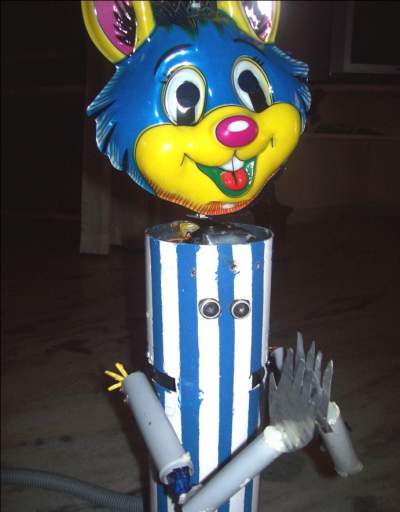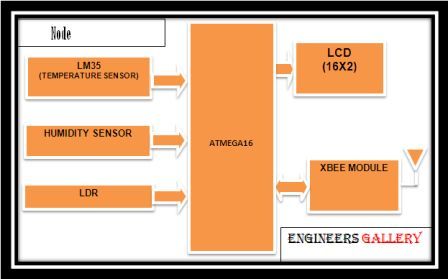Tangent Keys and Round Keys
Tangent Keys

The tangent keys are fitted in pair at right angles as shown in Fig. 2. Each key is to withstand torsion in one direction only. These are used in large heavy duty shafts.

[sam_block id=”2″]
Round Keys
The round keys, as shown in Fig. 3 (a), are circular in section and fit into holes drilled partly in the shaft and partly in the hub. They have the advantage that their key ways may be drilled and reamed after the mating parts have been assembled. Round keys are usually considered to be most appropriate for low power drives.

Sometimes the tapered pin, as shown in Fig. 3 (b), is held in place by the friction between the pin and the reamed tapered holes.
Key seating
Key seating is the creation of the slots in the mating items. Key seating can be done on a variety of different machines including a broach, a key seater, wire-cut EDM, a shaper or vertical slotting machine, either a vertical or horizontal mill, or with a chisel and file.
Keyway cutters

Special cutters

Slotting tools

Different slotting tools

Broaching
Broaching is primarily used to cut square cornered internal key ways. The specific broach, bushing and guide are used for each given key way cross-section, which makes this process more expensive than most of the alternatives. However, it can produce the most accurate keyway out of all the processes. There are three main steps in broaching a keyway: First, the work piece is set on the arbor press and the bushing is placed in the opening of the work piece. Next, the broach is inserted and pushed through, cutting the keyway. Finally, shims are placed between the bushing and the broach to achieve the correct depth necessary for the key.
Key seater


Key seaters, also known as key seating machines and keyway cutters, are specialized machines designed to cut keyways. They are very similar to vertical shapers; the difference is that the cutting tool on a key seater enters the work piece from the bottom and cuts on the down-stroke, while the tool on a shaper enters the work piece from the top and cuts downward. Another difference is a key seater has a guiding system above the work piece to minimize deflection, which results in a closer tolerance cut. The process starts by clamping the work piece to the table with a fixture or vise. The work piece is properly located and then the reciprocating arm is started. Some models have a stationary table so the cutter is fed horizontally into the work piece, while others have a movable table that feeds the work piece into a fixed cutter. These machines can cut other straight sided features other than keyways (see the picture). They can also produce blind slots, which are slots that do not extend through the whole work piece.
Wire-cut EDM
Wire-cut Electrical Discharge Machining (EDM) is primarily used for small production lot sizes where either extreme precision is required or other cutting technologies are not readily available. Wire-cut EDM cuts keyways by eroding material away from the work piece through a series of rapid electric current discharges between a spooling wire and the work piece through a dielectric liquid. Computer numerical control (CNC) wire-cut EDM machines allow for a wide variety selection of keyways to be cut, inclusive of multiple keyways on the same hub. The main limitations of CNC wire-cut EDM is the time it takes to cut a keyway as well as the size of parts a given wire-cut EDM machine can accommodate.
Shaping or Slotting
Shaping or slotting is largely used for cutting keyways that do not extend through the full length of the part. Like key seating, shaping uses a single-point cutting tool for cutting; however, shapers are not guided through the cut on a fixed post. As such, shaper cuts are generally more susceptible to deflection than key seater cuts.
Milling
Parallel, tapered, and Woodruff keyways can be produced on a milling machine. End mills or slotting cutters are used for parallel and tapered keyways, while a Woodruff cutter is used for Woodruff keyways.
For internal keyways that are not too long, the keyways can be milled if a radius is acceptable.
Chiseling
One of the earliest forms of key seating was done by chiseling. The keyway is roughed out using a chisel and then filed to size; the key is tried frequently to avoid over filing. This technique is long, tedious, and rarely used anymore.
Reference A Textbook of Machine Design by R.S. Khurmi and J.K. Gupta













